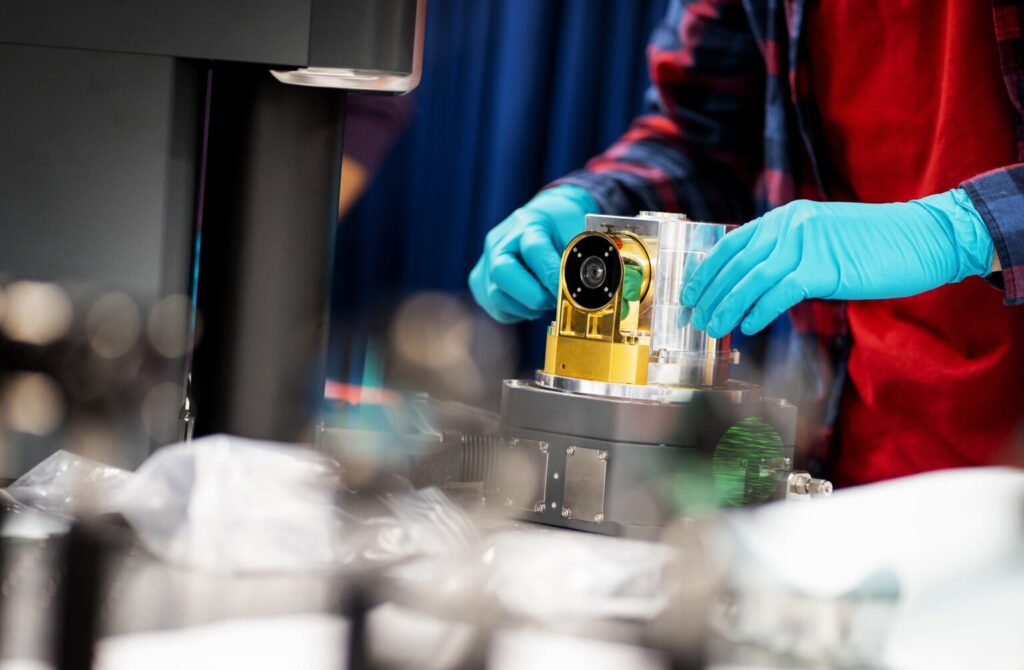26.09.2023Open Position MEP/BEP
Open positions for master thesis projects: Rimbach-Russ Group

Project 1: Non-isotropic exchange gates
High-quality quantum gates are a key ingredient for quantum computing. A universal set of quantum gates consist of single and two-qubit quantum gates. A very common two-qubit gate is the controlled-not (CX) and the controlled-phase (CZ) gate. Quantum processors based on quantum dot spin qubits implement the CZ gate via an exchange interaction between qubits in neighbouring quantum dots.
The exchange interaction between two electron spins can be controlled electrically with very high precision and used for all high-fidelity quantum gates so far. Especially, the adiabatic implementation of this gate currently holds the record for the two-qubit gate with the highest fidelity for spin qubits.
So far the exchange interaction is modelled and optimized assuming an isotropic exchange interaction. However, in practice the exchange interaction has non-isotropic components. This is especially true for hole spin qubits, a novel sub-type of quantum dot spin qubits that uses the spin of a hole.
The goal of the project is analysing the influence of the so-called non-isotropy on the gate performance. Possible questions are:
- What is the resulting quantum gate and what are the deviations from the desired gate.
- Can modified pulsing schemes be used to increase the quantum gate performance.
- Design and analyse an architecture with beneficial conditions.
- Developing simple characterization methods for the interaction.
The used methods are analytical techniques and numerical simulations.
Contact Maximilian Rimbach-Russ if you are interested.
Project 2: Variability of g-tensor in hole devices
Uniform control of qubits is a desired goal for scaling qubits to a large-scale quantum computer. Uniform control means that a control pulse on qubit A performs the same quantum gate when applied on qubit B. This can be realized in practice if all qubits have similar properties, i.e., react similarly to the same control pulse. Ideally, quantum processors based on quantum dot spin qubits do have this property.
However, in reality this is not true for all real implementations. Especially, hole spin qubits, a novel sub-type of quantum dot spin qubits that uses the spin of a hole, shows a large variability between qubit properties. It is believed that this variability arises from disorder of the material.
The goal of the project is adding disorder to microscopic simulations of hole qubits. Possible questions are:
- Modelling and analysing the impact of potential disorder on the qubit variability.
- Modelling and analysing the impact of random charge traps on the qubit variability.
- Investigating the effect of variability on different implementation of single-qubit gates.
The used methods are numerical simulations of the 3D confinement of hole spin qubits.
Contact Maximilian Rimbach-Russ if you are interested.

